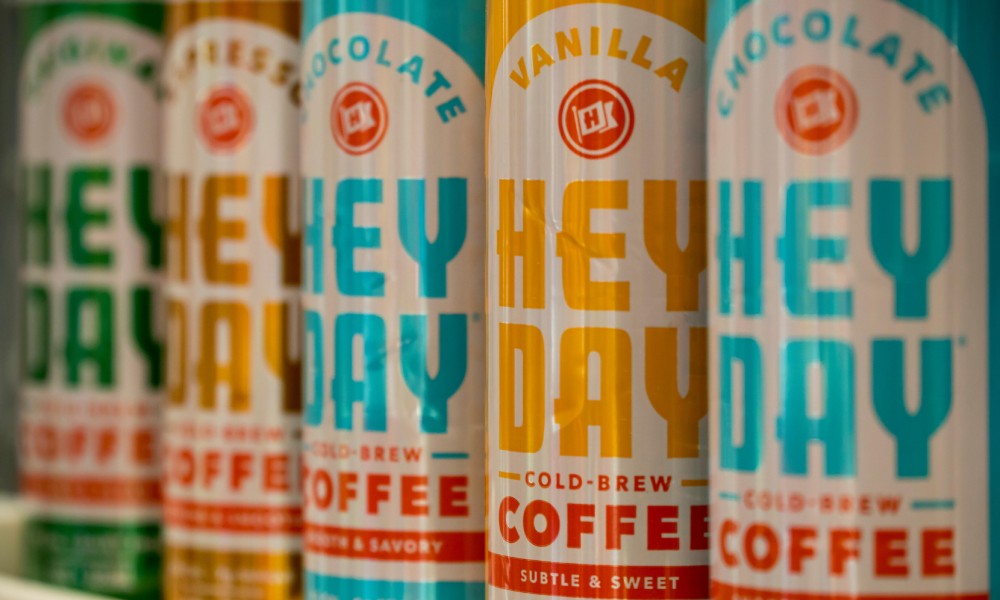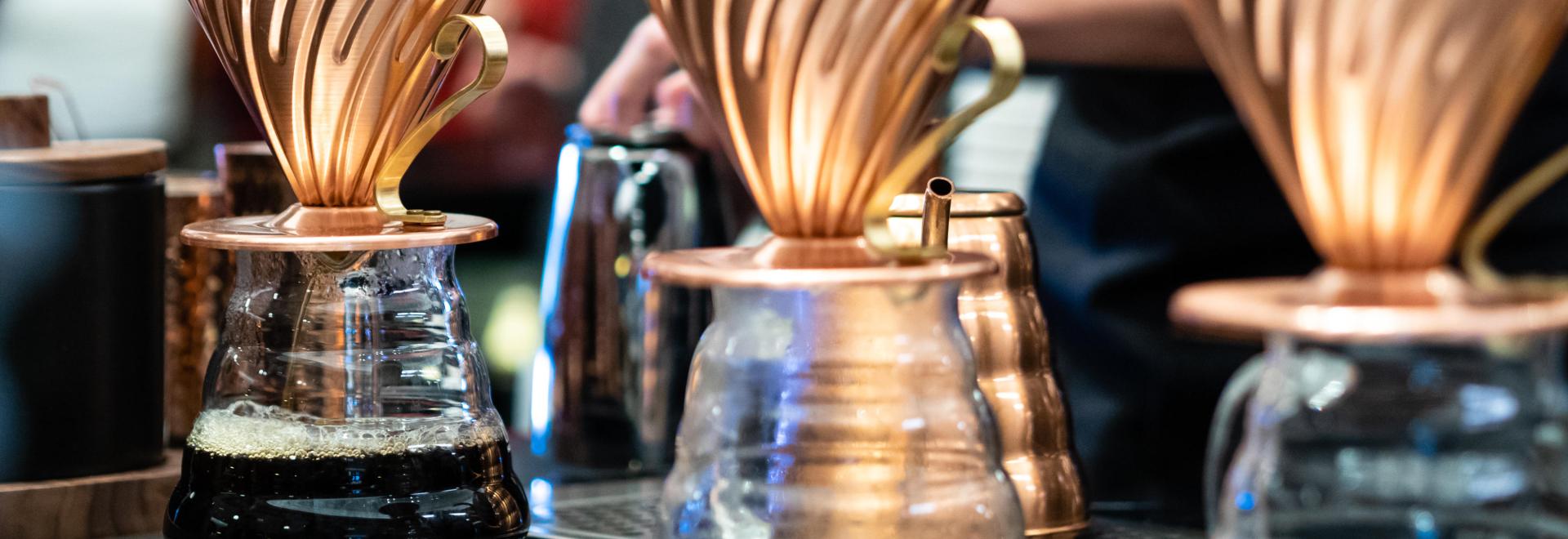Is the specialty coffee industry going backwards?
Jordan Montgomery speaks with Jamie Galloway about how the industry is re-focusing its attention, and how the recent drive for convenience is reminiscent of the “first wave” of coffee.
Specialty coffee is hallmarked by its unwavering commitment to innovation – rooted in a value system prioritising unique, high-quality products. However, it could be argued that this is changing, and specialty coffee may now be moving backwards.
Since 1964, the size of the global coffee market has increased by 190%, with more than three billion cups currently consumed across the globe each day.
The proliferation of espresso-based beverages and their increasing popularity in emerging markets has transformed coffee from an occasional beverage to one of the most consumed drinks on the planet.
Often synonymous with the specialty coffee industry of the last two decades, the ‘third wave’ of coffee has largely positioned itself as a response to preceding industry standards.
Rather than providing convenience and simplicity, specialty coffee offered higher quality, crafted products highlighting the distinct features of coffee origins, roasts and preparation methods.
However, the explosion in coffee consumption has resulted in the development of convenience-based products positioned to reach an increasingly diverse consumer base.
While specialty coffee continues developing new products, the sector’s future looks strangely familiar. As coffee first began to be mass-produced and traded, convenience and accessibility were the primary drivers of what people considered to be the “first wave” of coffee.
As global consumption booms and consumer behaviours shift, the attention to detail and focus on premium products that have hallmarked decades of the specialty coffee industry are now being replaced by convenience, reminiscent of the previous waves of coffee.

The push for convenience
While specialty coffee has prioritised craftsmanship and knowledge, this has also meant that consumers have had to acquire more knowledge in order to feel included and informed. Indeed, many argue that this “elitism” of third wave coffee has limited its accessibility and growth in many markets.
In a bid to remain more accessible – and capture a larger market share – many businesses in the specialty coffee sector have been undergoing a transformation.
Moreover, coffee chains are hoping to capitalise on specialty coffee’s growing popularity. The specialty industry is expected to demonstrate robust growth through the next decade, with an annual growth rate estimated at 12.3% – this is something global brands want to be a part of.
In an effort to integrate the values of specialty coffee with their customers’ needs, products like Blue Bottle’s Craft Instant Coffee are entering the market.
As such, global chains and smaller independent businesses alike are reworking their product ranges to align with the industry-wide shift towards convenience, leading to the surge in popularity of products like RTD cans and coffee pods.
The question of whether coffee pods can deliver high-quality specialty coffee remains a topic of debate. However, this doesn’t diminish their growing significance for the industry’s future. Recent reports project that the global coffee pod industry will be worth over $60 billion by 2030.
The push for convenience in specialty coffee isn’t limited to coffee pods. Many businesses are now turning to technologies such as superautomatic coffee machines to provide more convenient service, maintain consistency and improve customer engagement.
“Superautomatic machines are consistent, never have a sick day, don’t turn up for work late or complain, and they offer consistent coffee every time,” says Jamie Galloway, the managing director of Foundation Coffee.
Ultimately, convenience formats will play a pivotal role in shaping the future of the industry. To remain competitive, specialty coffee brands must increasingly focus on offering convenience.

Is specialty coffee going backwards or forwards?
Convenience, however, may be at odds with the concept of third wave coffee.
Many trends in the coffee industry are cyclical. But the astonishing success of convenience-driven products such as RTD cans, pods, and instant coffee show no signs of faltering.
As the specialty coffee industry moves back towards something that more closely resembles the first wave of coffee, there is a risk of market cannibalisation. This could threaten the sale of the specialty products that inaugurated the sector in place of convenience-focused alternatives.
Furthermore, third wave coffee’s commitment to customer education for a higher appreciation of coffee has established a loyal consumer segment dedicated to the craftsmanship of coffee. A sudden change in direction could leave these consumers, which the sector has worked so hard to accumulate, feeling short-changed.
One of the greatest pressures felt in the coffee sector is from young people. Gen Z and younger millennials have introduced new consumer behaviours to consider. This has motivated many in the industry to provide convenient solutions for a consumer segment holding increasing market power.
However, research shows that young consumers are unwilling to sacrifice quality and sustainability. The challenge for specialty coffee companies is maintaining these standards while meeting a growing demand for convenience.
Whether the industry can accommodate this demand without losing sight of certain values remains to be seen.
In the best-case scenario, taking several steps backwards may enable specialty coffee to take even more steps forward – as the sector seeks to incorporate convenience, quality, and sustainability. However, it may also lead us down an entirely different path disconnected from the values which characterised the rise of third wave coffee.








